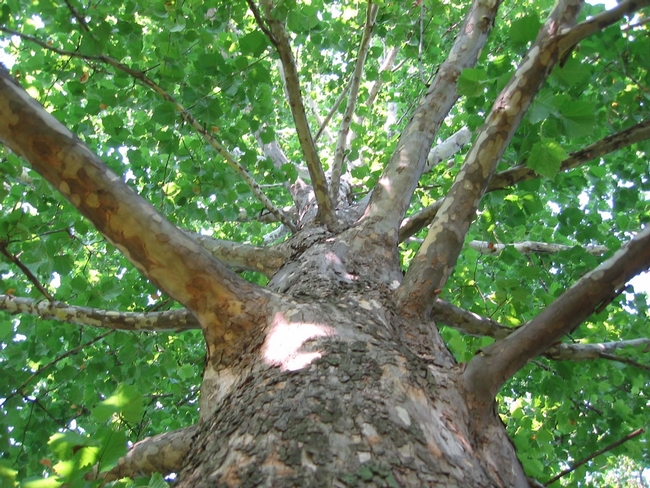Many of the landscape trees adorning urban cityscapes in Southern California are at or close to the end of their lifespans.
While several species of oak, maple, crape myrtle, ficus, magnolia and other common shade trees have a life expectancy of 50-80 years or longer in unstressed environments, few reach their full potential in cities and urban areas.
Why? In order to accommodate growing populations, cities have large areas of paved concrete and asphalt surfaces that create ‘urban heat islands (UHI)'.These hard surfaces absorb large amounts of heat that builds up during the day and is released at night, leading to much higher night temperatures in cities than in surrounding areas.
The good news is that trees offer many benefits that offset the impacts of UHIs. Cities with larger tree canopies are a testament to this fact and have fewer adverse impacts from UHIs than do cities with low tree canopies.
Trees reduce the impact of UHIs by releasing heat back into the atmosphere faster than do concrete and asphalt surfaces. In addition, well-placed trees produce shade that cools the surrounding environment and reduces air conditioning needs. They also cool the air through transpiration and absorb and store carbon which moderates the impacts of pollution from fossil fuels.
Planting trees that withstand UHIs today is crucial for tomorrow. University of California Division of Natural Resources researchers are identifying landscape tree species that can remain healthy under adverse urban conditions. In one study, 12 species of underplanted but promising landscape trees in the greater Los Angeles basin that currently grow well in desert climates are being evaluated at UC Riverside. Similarly, the health and longevity of trees currently performing well in Riverside and San Bernardino are being assessed in coastal areas. The idea is that trees growing well now in warmer climate zones will be good choices for cooler zones that are becoming warmer over time.
Reducing impacts of UHIs and maximizing life expectancies of currently planted urban trees that are not so resilient is just as important as looking into alternative species. In fact, research and education on sustaining these trees is critical to maintain and expand tree canopies as trees age. Even the loss of one front yard shade tree can significantly reduce shade, increase the surrounding temperature, and diminish energy savings.
Furthermore, trees subjected to UHIs can easily become heat and drought stressed leading to a downward spiral. Trees already declining due to one stress often fall prey to other stressors such as disease-forming pathogens or insect outbreaks. Identifying the cause of the tree's decline is crucial. Applying a pesticide to a tree that has no biotic disorder but is unhealthy due to lack of water does not solve the problem and can kill beneficial organisms important for keeping actual pests at bay.
Fortunately, there are many free online search engines that allow consumers to select trees based on multiple criteria such as climate zone, pest resistance, drought tolerance, ability to withstand high temperatures. These engines also provide ‘fact sheets' for each species that provide information on the species' ultimate size and space requirements. One reliable and reputable searchable index is Urban Forest Ecosystem's found here: https://selectree.calpoly.edu/.
Since many long-lived species (such as magnolia and ficus) become large at maturity, they offer excellent shade potential and can mitigate UHIs better than smaller growing species. However, they require up to 2,500 to 3,000 cubic feet of root space and should not be planted close to sidewalks and structures. Doing so can result in significant damage.
For more information on selecting and caring for urban trees, contact your local UC Cooperative Extension Master Gardener helplines.
Here's how to contact the University of California Cooperative Extension Master Gardener helplines in your area.
Los Angeles County: 626-586-1988; http://celosangeles.ucanr.edu/UC_Master_Gardener_Program/
Orange County: 949-809-9760; http://mgorange.ucanr.edu/
Riverside County: 951-683-6491 ext. 231; https://ucanr.edu/sites/RiversideMG/
San Bernardino County: 909-387-2182; http://mgsb.ucanr.edu/
